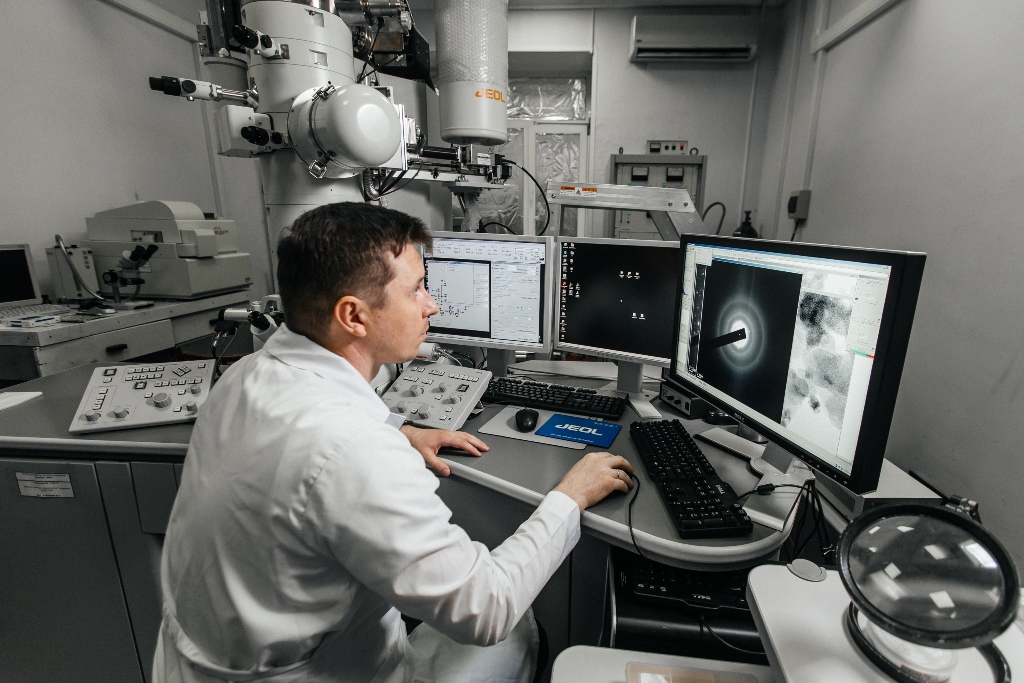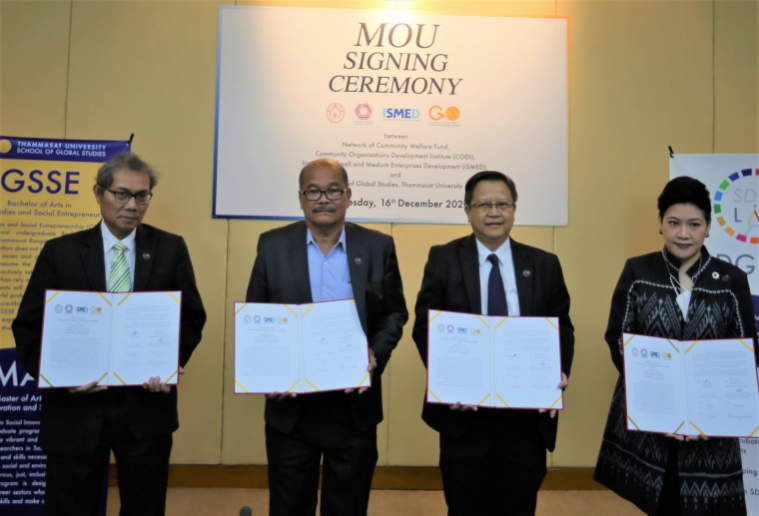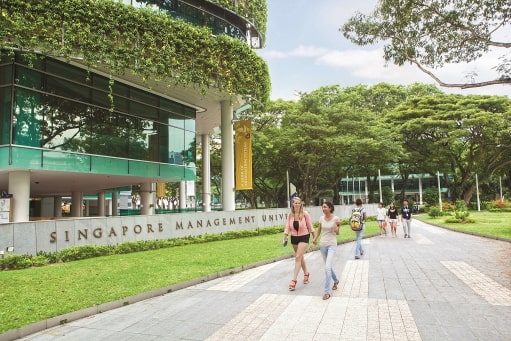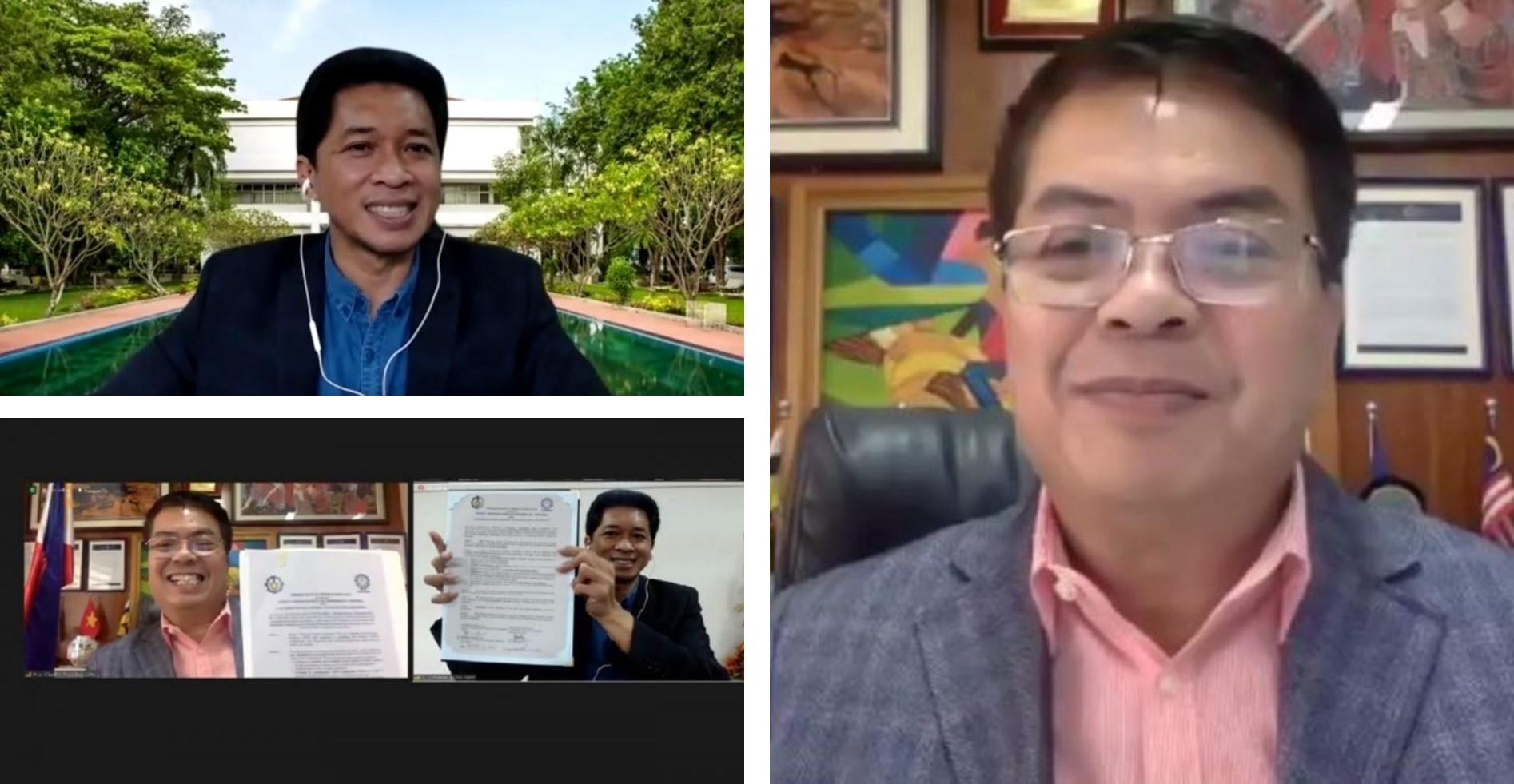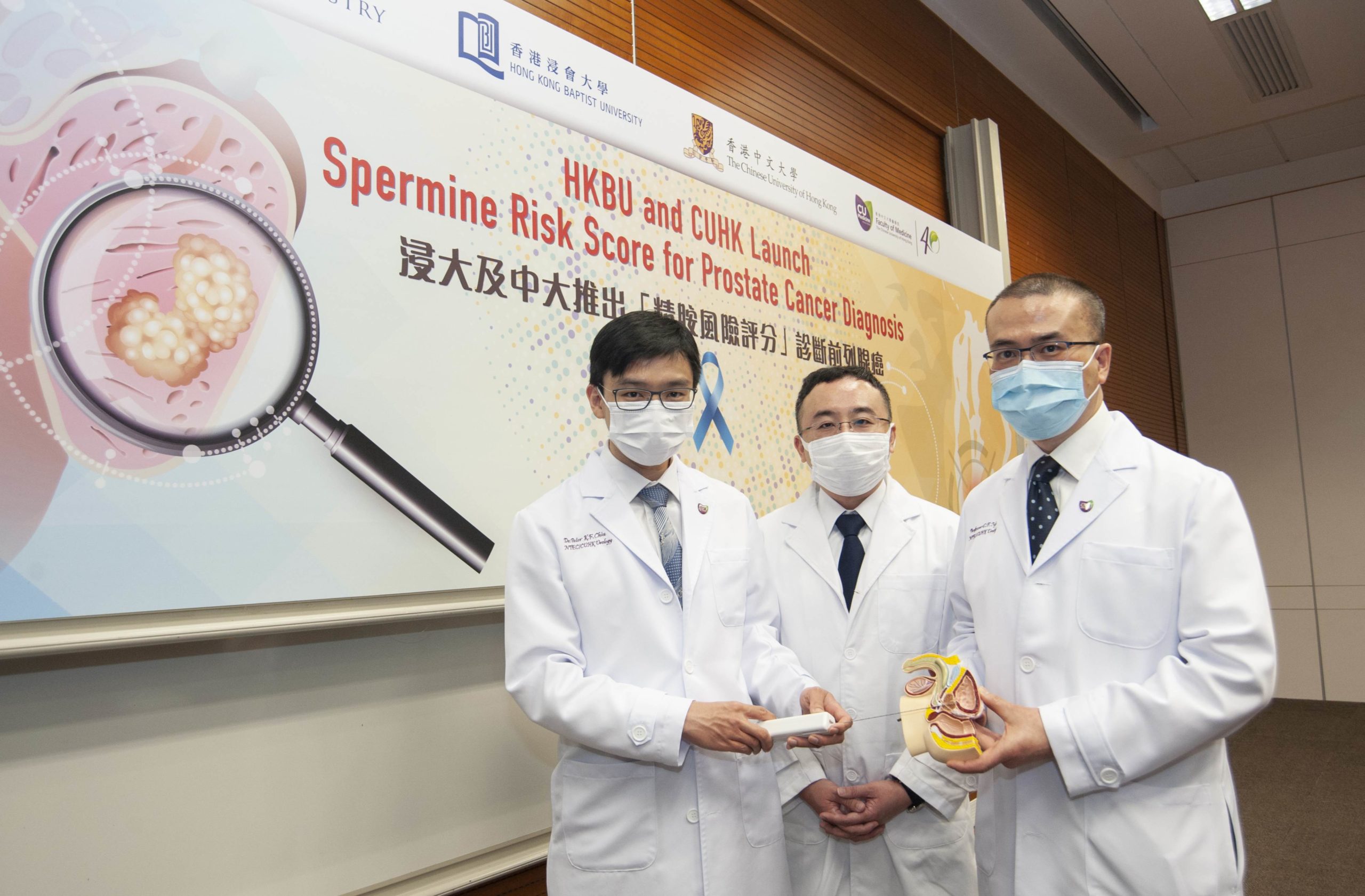Community Welfare Organization, Community Organizations Development Institute, Institute for Small and Medium Enterprises Development, and School of Global Studies, Thammasat University have come together to sign a Memorandum of Understanding (MoU) in the field of community’s welfare development.
The four parties came to an agreement to mutually collaborate and exchange knowledge for the sustainable development of the community’s welfare, better fund management, and ensure local community stability. The initiative will contribute to achieving the UN’s SDGs.
One of the objectives of the MoU is to strengthen the role and capacity of community welfare funds and a community welfare organization as development agents for the nation and the quality of life.
The MoU also aims to proceed in the development of the community welfare system according to the constitution of the Kingdom of Thailand in accordance with the problem of demand and concepts, principles, guidelines of the operation of community welfare funds in response to the sustainable development index.
The collaboration further aims to create mutual collaboration between a community welfare organization, other non-profit organizations, and an academic institution that strengthen the society and acts as an example for further development.
School of Global Studies, Thammasat University will support with academic personnel to contribute to the development of knowledge and new innovations in the community and social welfare system. The school will also provide academic support to develop a database of community welfare funds with a variety of issues and to be able to be utilized for policy-making strategies and development plans in various areas.
The School will also contribute through the study, research, upgrade relevant knowledge organizations to support the development of the community welfare system to be efficient and sustainable, including for dissemination, expanding knowledge both in educational institutions and other sectors in society, and linking the Thai community welfare network with academics and development organizations of Thailand and international.
The signing of the Memorandum of Understanding for ‘Development of Community’s Welfare System to Achieve Sustainable Development Goals’ was held at Sanya Dharmasakti Convention Room, Thammasat University (Tha Prachan Campus) on December 16, 2020.
Representatives from 4 organizations, including Mr.Kaew Sangchu, Coordinator of National Community Welfare Organization, Mr.Amporn Kaewnoo, Vice President of Community Organizations Development Institute, Mr.Thananon Praichan, Director-General of Institute for Small and Medium Enterprises Development, and Asst.Prof.Dr. Prapaporn Tivayanond Mongkhonvanit, Dean of School of Global Studies, Thammasat University, were present during the signing of the collaboration agreement.
Mr Kaew Sangchu, Coordinator of National Community Welfare Organization, said, “60% of the money in community welfare funds mostly come from donations in the community. The four management principles are the goodness of people in the community, the beauty of the cultural way in the community, the capacity of people in the community, and transparency. We adopt these four principles for sustainable practice in order to strengthen community welfare funds across the country and strengthen the community as well.”
“The main objective for the community welfare fund is to upgrade the quality of life of all groups of people and all classes. The point is we do not compete with the government but we have to strengthen and support the government because sometimes the matter is unreachable for the state. For example, the community welfare fund successfully brought resources and personnel to help and alleviate the flood incident in the south of Thailand,” added Mr Kaew
“Today, we are delighted that the four organizations have signed MOU and agreed to strengthen the community by supporting more than 6,000 funds. With the collaboration of all parties, the funds are successfully implemented and is the New Year’s gift for local people in the community.”
Asst.Prof.Dr. Prapaporn Tivayanond Mongkhonvanit, Dean of School of Global Studies, Thammasat University, stateD, “Academic sectors have to collaborate with other organizations and recognize the importance of globalization for the university. Globalization means the movement and integration of societies around the globe in terms of economy, society, politics, and culture or the mix of global and local.”
“Therefore, it is an important matter as we can learn from case study around the globe and adapt to Thailand. As a result, academic sectors should support and spread knowledge to everyone, all sectors both in the country and abroad.”
The community welfare fund also supports those non-members who are disadvantaged or in trouble in both direct and indirect ways such as by giving food and face masks during the COVID-19 pandemic and creating awareness campaigns for COVID-19 prevention. This work is in accordance with the UN’s sustainable development goals in areas such as Goal 1-6 and 11-15.






